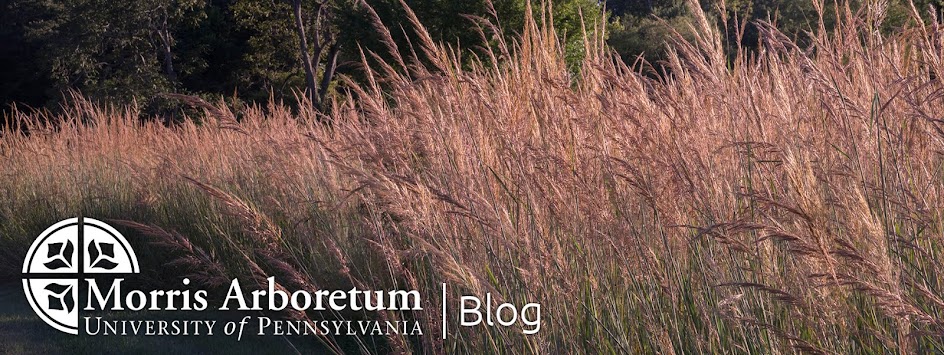 |
| Photo: Arnold Winkler |
Gravel, river rocks, seashells, tumbled glass, and shredded tires can all been used as mulches, some of which have decorative as well as functional uses. Any material that is applied to the soil’s surface as a covering is considered mulch, but organic mulches are especially beneficial to the garden.
In addition to helping retain soil moisture, controlling erosion, moderating soil temperature and suppressing weed growth, organic mulches such as shredded bark, leaf mold, and pine straw provide the additional benefit of decomposing into soil-enriching humus. Humus builds soil structure and increases its capacity to hold nutrients and water.
With the advent of colored organic mulches, gardeners now have a rainbow of choices. Is colored mulch safe for your family, pets, and plants? That depends. Dyes are typically vegetable or mineral-based and are nontoxic; iron oxide (rust) is used to make red mulch, and carbon black (think charcoal) is used for dark mulch. However, the source of the wood used to manufacture mulch can be more troubling. Wood is recycled to create mulch, but unscrupulous recyclers may grind chromated copper arsenate (CCA) treated wood, which is commonly used to build rot-resistant decks and play equipment. CCA-tainted mulch can leach arsenic, a known carcinogen, into your soil. Hmmm, anyone for arsenic-laced tomatoes?
When buying bagged mulches, look for a certification seal on the bag from the Mulch and Soil Council (MSC). Big box retailers and independent garden centers stock MSC approved mulches. Founded in 1972, the MSC is a national non-profit trade association that has developed product certification programs for potting soils and mulch. See http://www. mulchandsoilcouncil.org/ for more information. Mulches that display the MSC seal have been tested and found free of CCA. There is no risk of CCA contamination if you know that your mulch is sourced from raw lumber. If you employ a landscape contractor who delivers bulk mulch to your property, be sure to ask if they know the source and the components of the mulch being used.
Now that you’ve selected the mulch for your garden beds and trees, are you or your landscape professional applying it correctly? Take a walk in the Arboretum’s Widener Woods to see how Mother Nature mulches; the optimal depth of organic mulch is two to three inches. Excessively thick mulch application results in decreased air circulation and water-logging, which encourages root rot diseases and provides cozy homes for bark-chewing rodents. The ever popular “mulch volcanoes” applied to trees (often seen at apartment complexes and shopping centers) lead to disease and injury which shorten tree life spans. Shrubs that have shallow roots like azaleas and boxwoods, as well as some trees, will grow new roots upward into thick mulches to avoid suffocation, but potentially risk drying out and will decline as mulch decays.
As an integral component of home landscapes, mulch provides beauty and benefits to shrubs and trees when applied and maintained in a responsible fashion. Organic or inorganic, colored or natural, choose and apply wisely for optimal plant health.
Learn more at one of our upcoming Landscape Design classes.

No comments:
Post a Comment